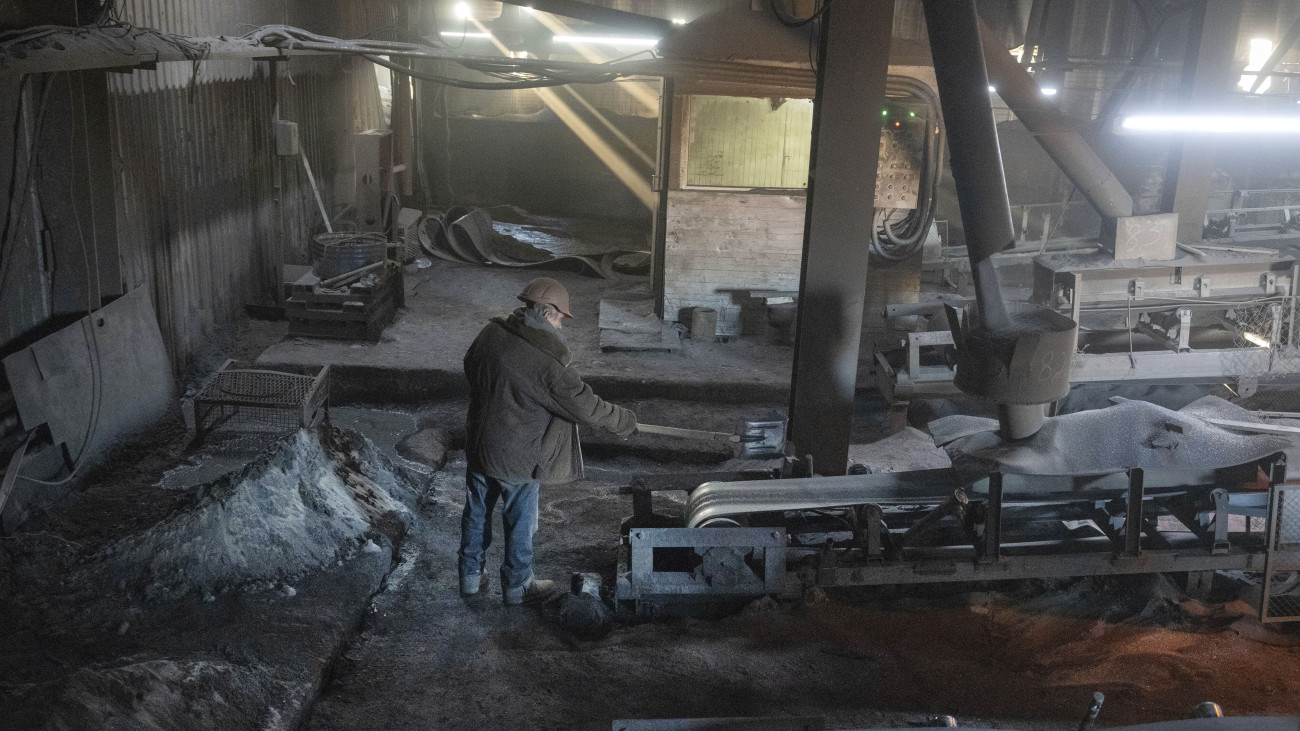At the junction of the Earth’s outer core and mantle are thin structures that slow the propagation of seismic waves. new study Surya Pachai, a geologist and colleagues at the Australian National University studying so-called ultra-low velocity regions (ULVs), IFLScience.
The team came to the conclusion that the regions consist of different layers of material that may have survived from ages when the outer part of the planet was still an ocean of magma.
Researchers can infer the internal structure of the Earth by observing seismic waves. Already in the 1990s, waves between the mantle and core slowed down in some thin regions, but little was known about the regions at that time, and there are still many unanswered questions. Among other things, it is not even known how much ULVZ is in the depths of the planet.
Deep and powerful earthquakes occur frequently enough in the Tonga-Fiji subduction zone to allow experts to study very low velocity regions. Fortunately, displacements are lateral, so they rarely cause tsunamis. Through earthquakes, the team explored the undersea regions of the ULVZ under the Coral Sea in unprecedented detail.
Harvojee TkalcicAccording to a faculty member of the Australian National University, the most significant discovery is that these areas are stratified. Since each layer acts differently on seismic waves, its composition is likely to be different. The expert believes that recognizing this is a huge step forward.
According to the researchers, the ULVZs may have formed from earlier core oceans. Over the course of Earth’s history, the planet has become so hot several times that its outer parts melted. One of these events was the impact of a Mars-sized object 4.5 billion years ago, which later led to the formation of the Moon.












































